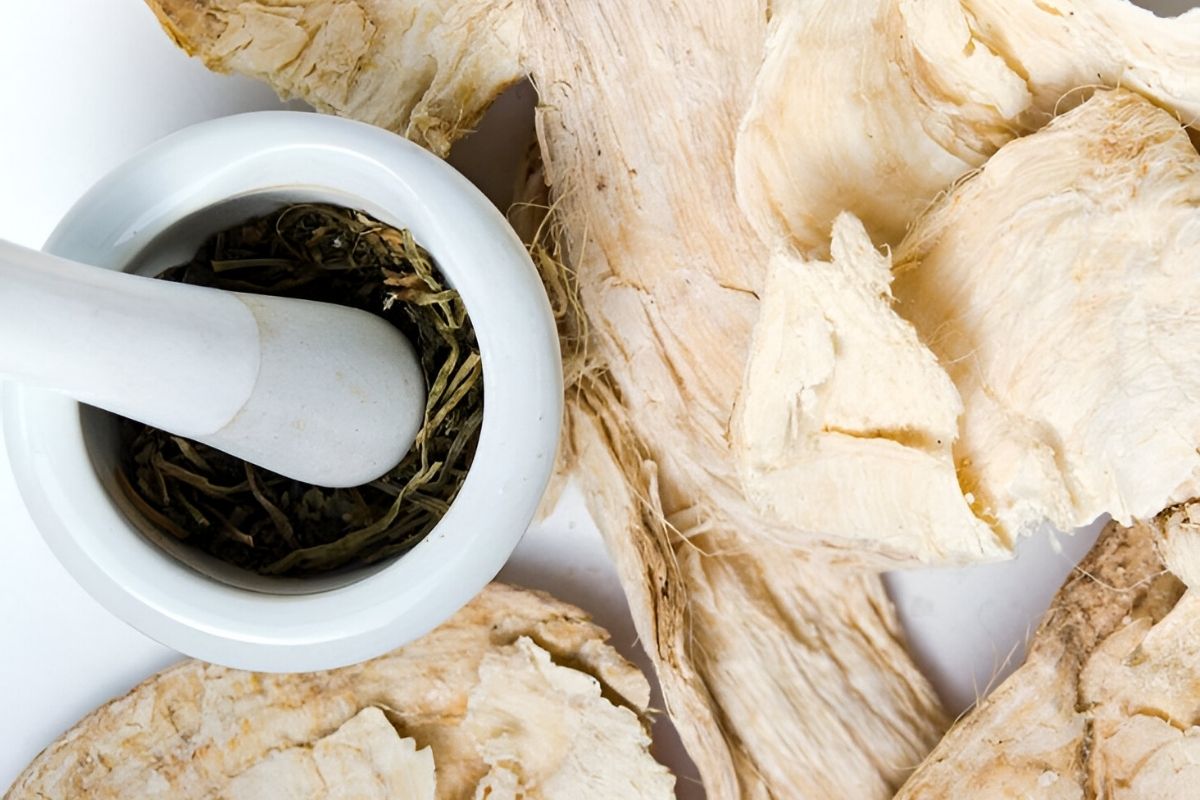
Kudzu, often called "the vine that ate the South," is a plant with a fascinating history and surprising uses. Originating from Japan and China, it was introduced to the United States in the late 19th century. Initially, it was promoted for erosion control and as a forage crop. However, its rapid growth soon turned it into an invasive species, covering everything in its path. Despite its reputation, kudzu has some unexpected benefits. It can be used in traditional medicine, as a food source, and even in biofuel production. Curious about this green invader? Here are 27 facts about kudzu that will change how you see this notorious plant.
What is Kudzu?
Kudzu, often called "the vine that ate the South," is a fast-growing plant native to Asia. It was introduced to the United States in the late 19th century. Here are some fascinating facts about this invasive species.
-
Kudzu's Origin: Kudzu originates from Japan and China, where it has been used for centuries in traditional medicine and as a food source.
-
Introduction to the U.S.: Kudzu was introduced to the United States at the Philadelphia Centennial Exposition in 1876. It was promoted as an ornamental plant and later as a solution for soil erosion.
-
Rapid Growth: Kudzu can grow up to a foot per day during the summer months, making it one of the fastest-growing plants in the world.
-
Invasive Nature: Kudzu is considered an invasive species in the U.S. because it can quickly overtake and smother native plants, trees, and even buildings.
-
Photosynthesis Efficiency: Kudzu's rapid growth is partly due to its high photosynthesis efficiency, which allows it to convert sunlight into energy more effectively than many other plants.
Uses of Kudzu
Despite its invasive nature, kudzu has several uses that make it valuable in certain contexts.
-
Soil Erosion Control: Kudzu was initially planted in the U.S. to control soil erosion, especially in the southeastern states.
-
Animal Feed: The plant's leaves are high in protein and can be used as fodder for livestock.
-
Medicinal Uses: In traditional Chinese medicine, kudzu is used to treat various ailments, including alcoholism, fever, and inflammation.
-
Edible Parts: Almost all parts of the kudzu plant are edible. The roots, leaves, and flowers can be used in various recipes.
-
Fiber Production: Kudzu vines can be processed to produce fiber for making paper and textiles.
Environmental Impact
Kudzu's rapid growth and invasive nature have significant environmental impacts.
-
Biodiversity Threat: Kudzu can outcompete native plants for resources, leading to a decline in biodiversity.
-
Forest Damage: The vine can climb and kill trees by blocking sunlight, which disrupts forest ecosystems.
-
Economic Costs: Managing and controlling kudzu infestations can be costly for landowners and government agencies.
-
Carbon Sequestration: Kudzu can absorb large amounts of carbon dioxide, which could have implications for climate change.
-
Habitat Alteration: The dense mats of kudzu can alter habitats, making them unsuitable for some wildlife species.
Control and Management
Efforts to control and manage kudzu are ongoing, with various methods being employed.
-
Mechanical Removal: Cutting and mowing are common methods for controlling kudzu, but they require repeated efforts.
-
Herbicides: Chemical herbicides can be effective but must be used carefully to avoid harming other plants and animals.
-
Grazing: Livestock such as goats can be used to graze on kudzu, helping to keep it in check.
-
Biological Control: Researchers are exploring the use of natural predators and pathogens to control kudzu populations.
-
Prescribed Burning: Controlled burns can help reduce kudzu infestations, but this method requires careful planning and execution.
Interesting Tidbits
Kudzu has some quirky and lesser-known aspects that make it even more intriguing.
-
Nicknames: Kudzu is often called "mile-a-minute vine" and "foot-a-night vine" due to its rapid growth rate.
-
Cultural Symbol: In the southeastern U.S., kudzu has become a cultural symbol, often featured in literature and art.
-
Kudzu Festivals: Some communities hold kudzu festivals, celebrating the plant with various activities and contests.
-
Kudzu Crafts: The vines can be used to make baskets, wreaths, and other crafts.
-
Kudzu Jelly: Kudzu flowers can be used to make a sweet jelly, popular in some southern states.
-
Air Quality: Kudzu can release isoprene, a compound that affects air quality and can contribute to the formation of ground-level ozone.
-
Scientific Research: Ongoing research aims to understand kudzu's potential benefits and drawbacks, including its use in biofuel production.
Kudzu: The Green Invader
Kudzu, often called the "vine that ate the South," is more than just a plant. It’s a symbol of nature’s power and unpredictability. Originating from Japan, this fast-growing vine was introduced to the U.S. for erosion control but quickly spiraled out of control. Kudzu can grow up to a foot a day, smothering trees, buildings, and anything in its path. Despite its invasive nature, kudzu has some redeeming qualities. It’s used in traditional medicine, and its roots can be made into a starch for cooking. However, its rapid spread poses a significant threat to native ecosystems. Controlling kudzu requires persistent effort, often involving herbicides and manual removal. Understanding kudzu’s impact and potential uses helps us appreciate the delicate balance between nature and human intervention. Next time you see those green vines, remember the complex story behind them.
Was this page helpful?
Our commitment to delivering trustworthy and engaging content is at the heart of what we do. Each fact on our site is contributed by real users like you, bringing a wealth of diverse insights and information. To ensure the highest standards of accuracy and reliability, our dedicated editors meticulously review each submission. This process guarantees that the facts we share are not only fascinating but also credible. Trust in our commitment to quality and authenticity as you explore and learn with us.
